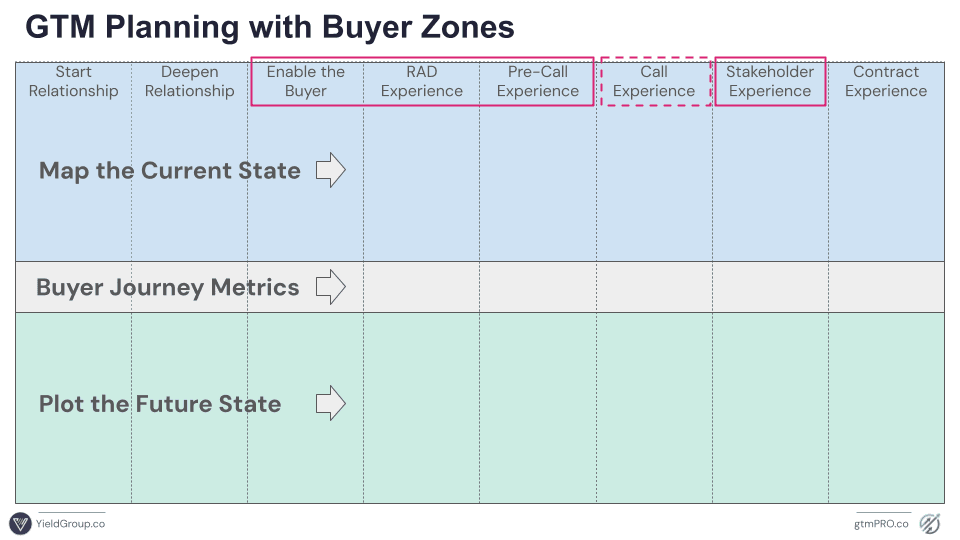Marketing
Attribution. Should we even bother?
Welcome to this week's edition of the GTM Short, where we distill insights of our Go-to-Market strategies. Today, we're zooming in on a hotly debated topic: Attribution. Should we even bother?
The Attribution Dilemma
In the digital age, attribution has been a cornerstone for marketers, promising insights into which channels and campaigns drive conversions. However, we have seen that, despite advanced tech and methods, attribution models are often falling short.
Why?
Channels (ad platforms) have neutered tracking capabilities in the name of privacy.
Devices and operating systems (e.g. Apple iOS, Browsers, etc.) are blocking tracking.
The majority of the customer journey now happens off trackable platforms (at least trackable to us).
The result is that the attribution data on which we are basing our investment decisions is less and less reliable.
And yet board decks are still chock full of slides that attempt to show how specific marketing campaigns and/or channels are "working."
Is the Juice Worth the Squeeze?
Companies in the lower middle market also face another constraint; budget for paid digital programs.
Every channel/campaign has a "minimum price of admission" in order to drive practical, meaningful results. And, thanks to an increasingly competitive market and the opacity of channels, that minimum price keeps going up.
With that in mind, there are only so many places a lower middle market company can effectively spend.
In our experience, the majority of the spend (if not all the spend) is on paid search.
So we spend all this time and energy working to attribute results from one channel for which the data reliability is questionable.
Beware of False Positives
To further compound the problem, results in paid search are very likely giving us false positives.
The more success we have in all other of our other marketing programs (outside of paid digital channels), the more "success" we will have in paid search (especially branded), effectively paying TWICE for the same result.
In a world of abundant choice for our ideal customers, simply "picking off existing demand" through paid digital channels is no longer an effective strategy.
We have to be in the consideration set before our customers move into a buying cycle, which means we have to focus our engine on relationships over transactions.
Measuring Buyer "Zones"
In our experience as board members, the typical marketing presentation starts with metrics related to "leads" and (hopefully) pipeline. Very close to that are metrics on the performance of paid digital spend.
This is often followed by a list of activities completed and initiatives that are planned. The challenge is that there is no context for where these activities and initiatives fit in the revenue engine and the impact we expect them to have.
We therefore advocate for a more comprehensive assessment that combines actions/initiatives with metrics that cover the entire journey.

We provide additional background on the Buyer Zones framework in this post, but let's consider this in the context of attribution.
We will continue to measure the amount of spend on a channel (e.g. paid search) relative to outcomes (e.g. form submits)? Of course! But now we do so in the context of what's going on in the rest of the Buyer Journey!
Paid search is, in practice, a form of "Demand Capture," therefore the Buyer will find themselves somewhere in the "Enable the Buyer" and/or "Request a Demo" zones.
Success in each zone is measured by the engagement/consumption within the zone as well as the matriculation between zones, to a point. It is increasingly common for Buyers to revert back to previous zones as they learn and refine their problem definition.
Resource (Capital) Allocation
With this approach, we can more intelligently allocate resources (i.e. capital) to components of the revenue engine.
For example, instead of shifting still more dollars to Google (paid search) based on attribution data, we may instead reduce spend on paid search because the Zones have indicated that the success on Google comes from more visitors and increased engagement in earlier Zones.
For the lower middle market, growth is a function of seemingly small adjustments made across the buyer journey that compound to deliver an outsized impact.
When we measure the system in pieces, it is likely that we attribute success to one "star player" (the last click) when the reality it was a team effort.
Are you rethinking attribution? If so, reply and let us know.
Also, please follow us on gtmPRO on LinkedIn join the conversation!
Until next week!
Gary & Andy





